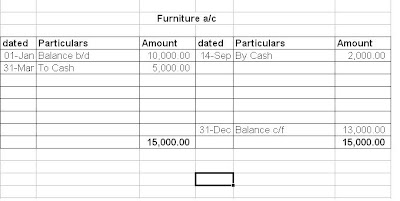Decision-making is an integral part of the subject of Management Accounting. As I mentioned before, this trade is all about providing the top-management of the organization with the key information which is precise and timely. This assists them in making strategic decisions at the right time.
In order to gather the information, the Management Accountant has to make his way through the large data that is at his disposal. He has to extract only the "Relevant" data associated with the decision on hand. This brings us to the concept of Relevant Costs. Relevant Costs as the name suggests are the costs that have a bearing on our decision on hand. These costs differ among the alternatives and so ultimately they affect our choice. For example, if a business owns a machine and after some time they are contemplating the purchase of a new machine. In such a case only the costs that differ among the alternatives are relevant. To purchase the new machine the business will have to expend some money. This cost is relevant to our decision, because it's a future cost and it differs among the alternatives; this cost is avoidable if we choose not to purchase the new machine.
So, Relevant costs are the key to making effective decisions and whenever we are required to make an analysis the first thing which is advisable, is to determine the relevant costs.




